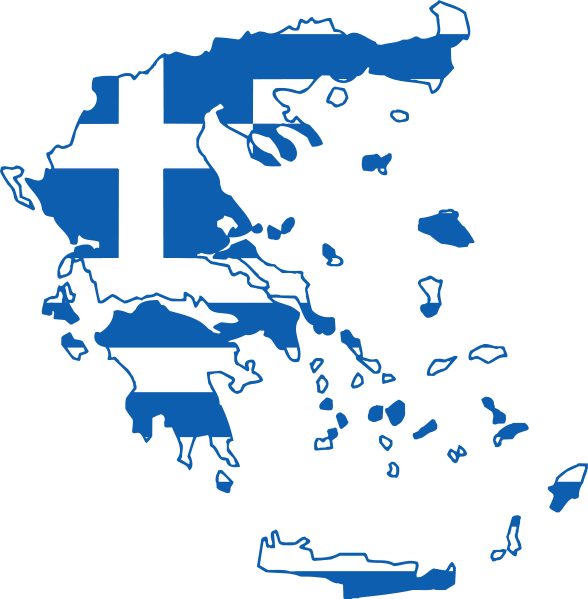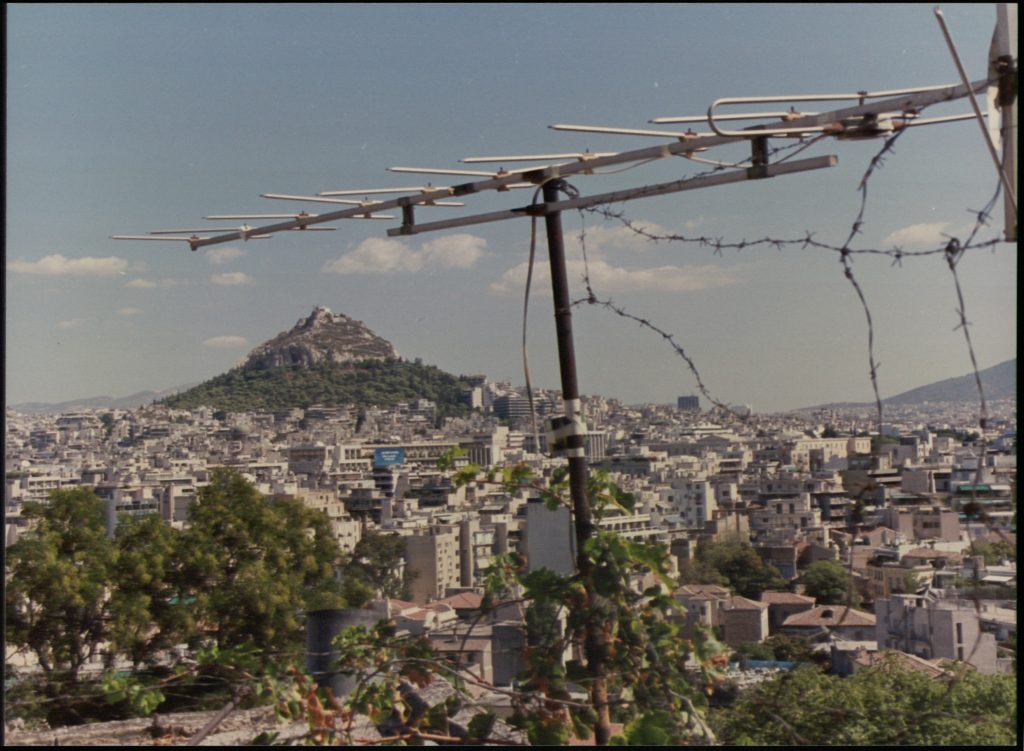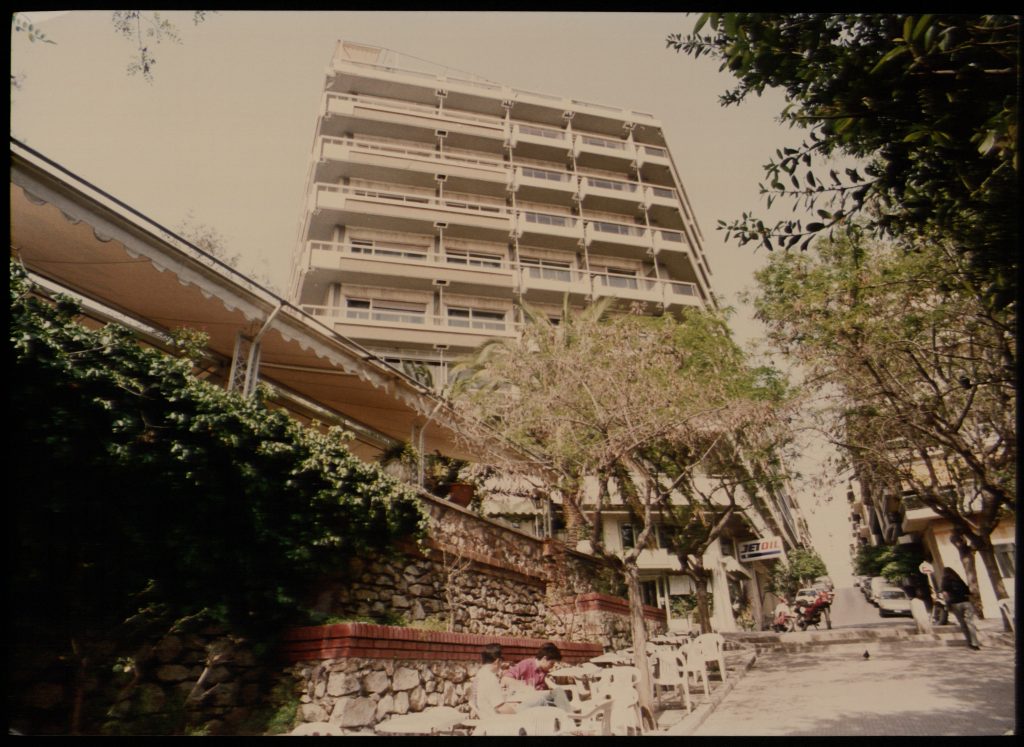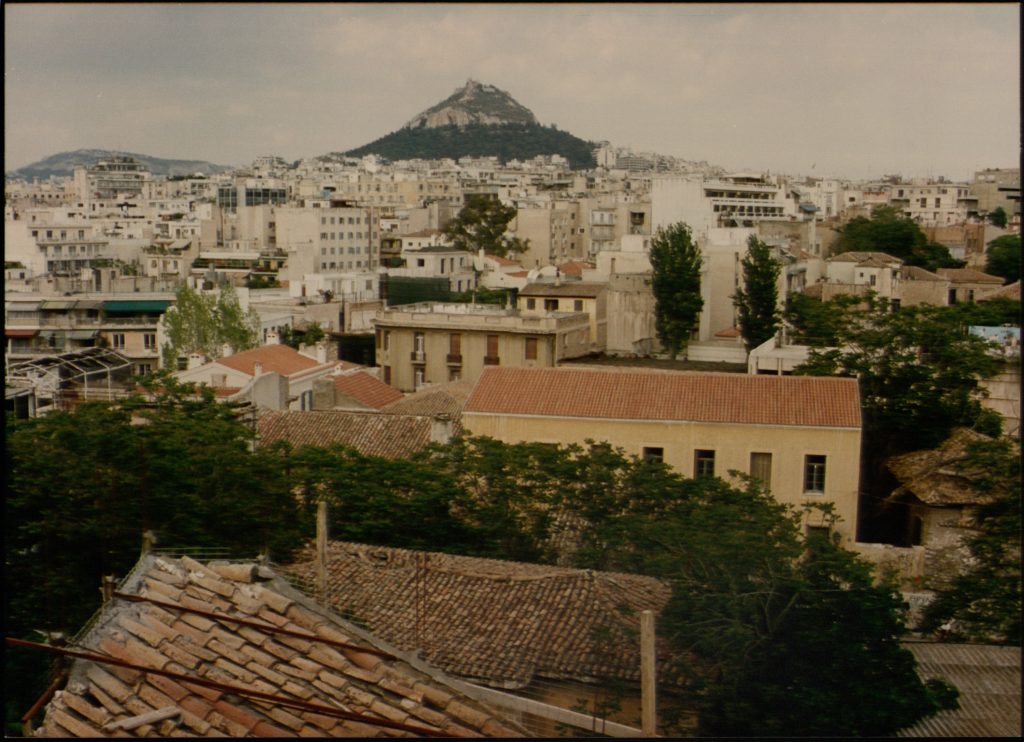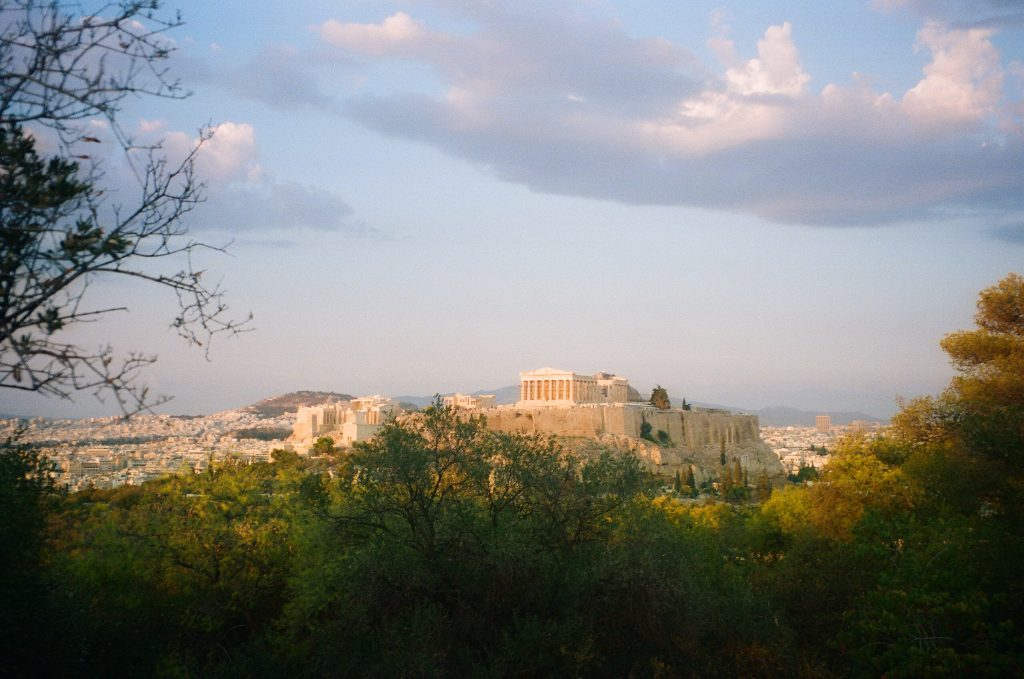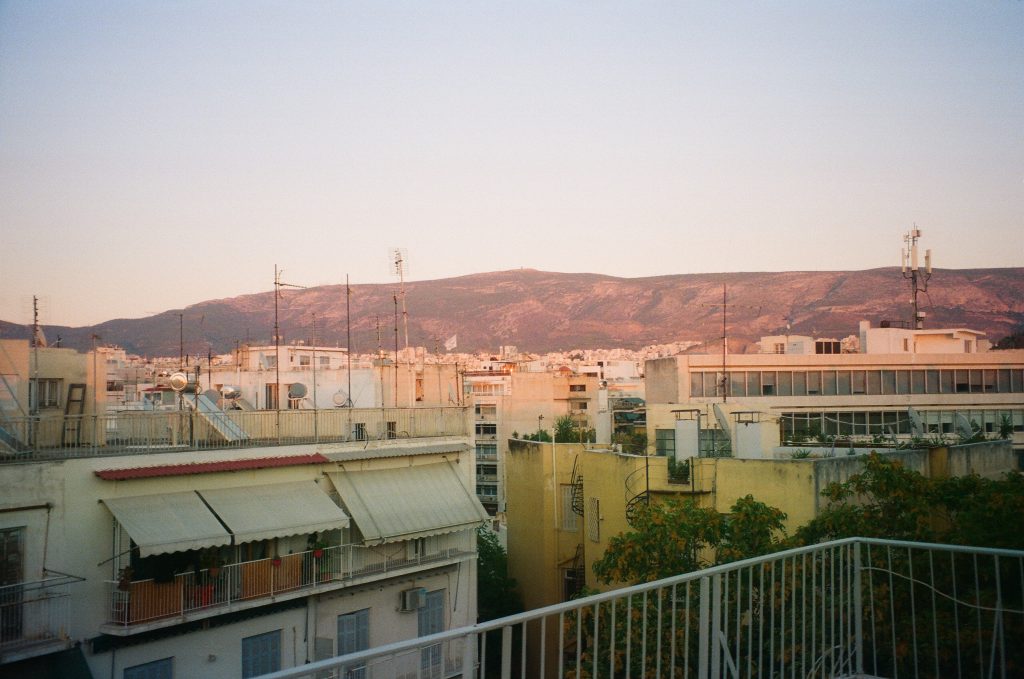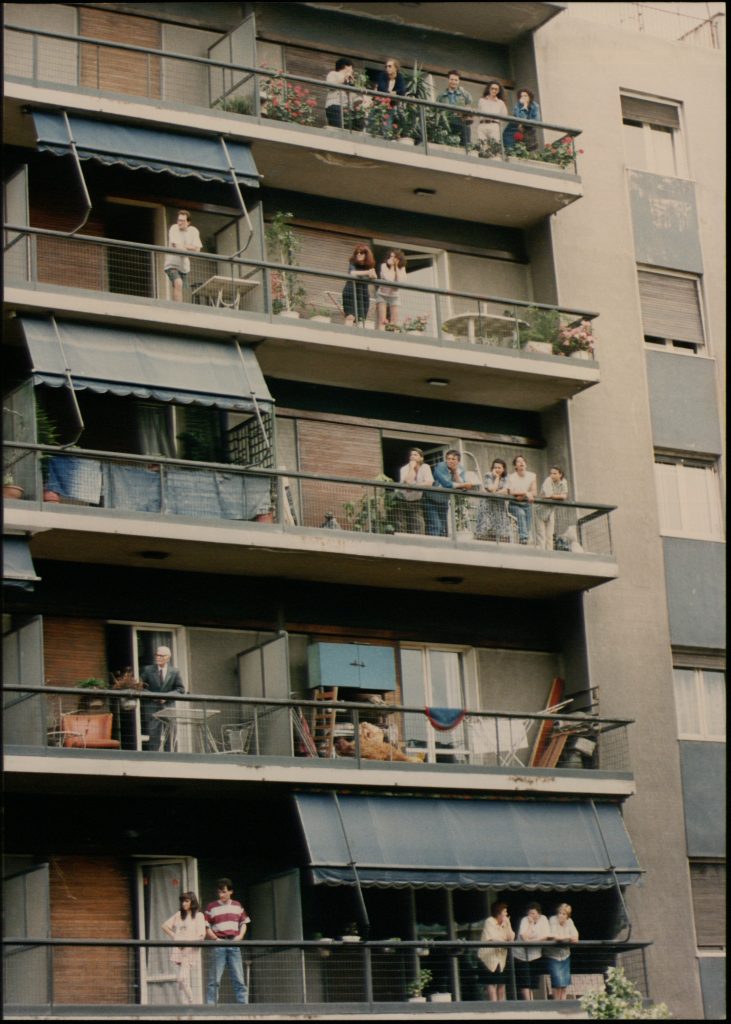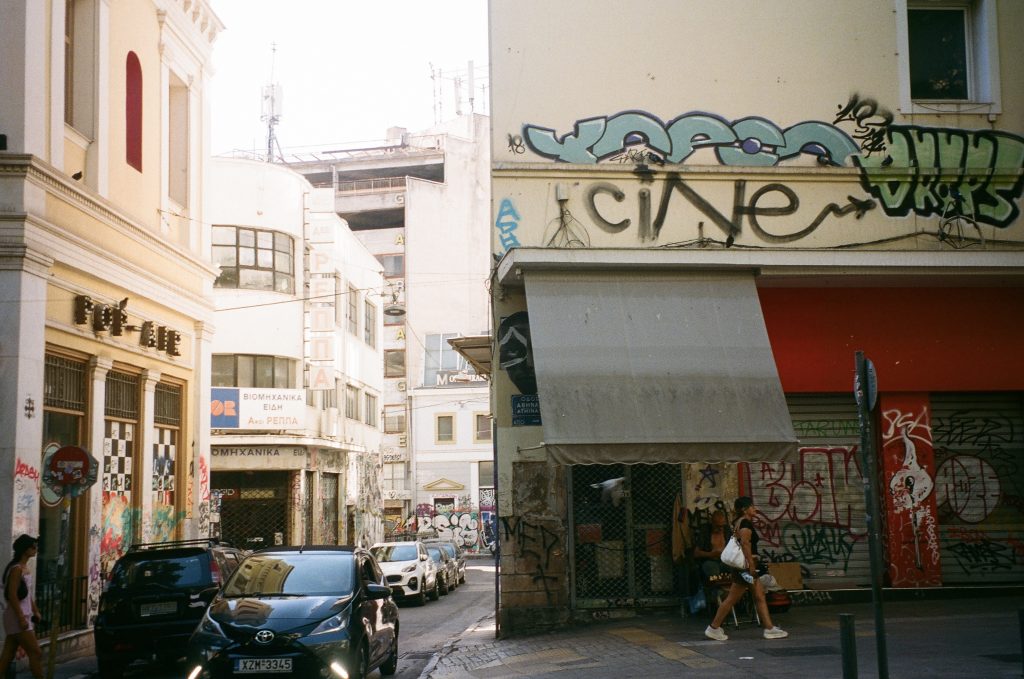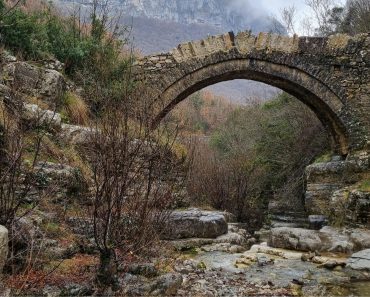If you ask anybody who has lived in, or travelled to, Athens what they think of the city’s visual landscape, chances are they might call it ugly. Horrendous. A Greek tragedy. An army of concrete eyesores in a millennia-old city that deserved better. One that could—and should—have been aesthetically reminiscent of a revered antiquity.
But the concrete polykatoikies (pronounced “Pol-i-kat-i-KEE-es” — “poly,” meaning “many,” and “katoikies,” meaning “residences”) that have garnered Greece’s capital this visually controversial reputation, were built out of necessity and rapidly growing demand.
“Athens is so different from our cities [in Western Europe] with historical centers. I mean, of course, you have this connection to antiquity, Ottoman culture, and so on. But for the most part, it’s a completely modern city. There was very little preservation of the old city,” German architect Kilian Schmitz-Huebsch told TO BHMA International Edition.
In 1922, the end of the Greco-Turkish War resulted in a population exchange. Approximately 400,000 Greek Muslims were sent Turkey, and about 1.2 million Anatolian Greeks to Greece, dramatically increasing the population of Athens, which was severely under-equipped to house the new-arrivals. Then World War II and the Greek Civil War came along, initiating a period of immense internal migration. Thousands began moving from the Greek countryside to the nation’s capital in search of work.
Because housing demand grew exponentially, architects and urban designers did not have the time to carefully plan and actualize a picturesque, neoclassical utopia. Contractors and builders had to prioritize function over form to meet the migrants’ needs. And while polykatoikies did not necessarily satisfy the eye, they certainly improved the quality of life for modern Athenians, providing new amenities the residents of obsolescent neoclassical homes did not enjoy, and creating a mixed-use city plan that minimized class-based segregation.
However, the conversation surrounding the polykatoikies and Athens’ visual appeal—or, for some, the lack thereof—can largely be traced back to its misalignment with a fantastical image of modern Greece. Abroad, the country is often perceived as a direct successor to its ancient past—a civilization that has frozen in time, rather than one that has a complex, multi-layered three-thousand-year history.
Yet Greece is still stuck in a cycle of projecting this image of Greek culture to tourists, even though it both contradicts reality and threatens the city’s heritage. Speaking with TO BHMA International edition, architectural historian and Columbia University professor Ioanna Theocharopoulou noted that “Athens can’t just be a large hotel. It should do its best to retain its character, which is all these layers from antiquity to the present. You can’t just leave the classical era and not care about the rest.”
This distorted perception of what Greece ‘should’ look like exposes a still more deep-seated and complex issue between Greece and the West—a cultural and historical revisionism imposed from abroad.
Manufactured Expectations
This phenomenon has its roots in the 19th century with the development of a Western European intellectual movement known as Philhellenism, or “love of Greek culture.” However, to this group, Hellenism and Greek culture were synonymous with an idealized version of classical Greece, which they saw as having presided over the genesis of “Western civilization.” However, they then claimed this as their own in an attempt to justify the European colonial identity that was then taking shape.
But modern Greek culture, which had clearly developed alongside other Eastern Mediterranean cultures challenged this Northern European idealization.
In her book Builders, Housewives, and the Construction of Modern Athens, Professor Theocharopoulou delineates the Eurocentric gaze directed at Greece at the time. She writes that “while the 19th-century Europeans have become Greeks, in their eyes, post-independent Greeks have turned into savages.”
Theocharopoulou adds that European powers influenced the newly forming Greek national identity, appointing Prince Otto of Bavaria, the son of a prominent Philhellene, as king of the newly independent state without asking the Greek people. Through him, the Great Powers attempted to construct a new Greek identity, formulated in line with the values of colonial Western Europe, to manufacture a connection with the country. And while Greece was independent on paper, this foreign-appointed leadership put the country in a position of economic hyperdependence on the Western world.
During this period, Greece, and especially Athens, underwent a campaign of “Westernization” motivated by the European imagination. While this gave Greece access to European diplomacy through an influx of foreign archaeologists, it also meant suppressing intrinsically Greek cultural characteristics, which were labeled as “Eastern influence” or “Ottoman corruption.”
The Philhellenistic construction of Greek identity positioned Greece in opposition to the Eastern cultures with which it was reared. The majority of structures from the Byzantine and Ottoman periods were recklessly destroyed to place heightened emphasis on the remains of Classical Greece—what they viewed as “real” Greek culture. The demolished structures were then replaced by neoclassical residences, though in a style distinct from the neoclassical architecture of Northern Europe. Nonetheless, this placed an idealization of antiquity at the forefront of European collective consciousness with regard to the concept of “Greece”. In turn, authentic expressions of modern Greek culture were consigned to second place at best.
Re-Evaluating Beauty and Value
Decades later though, most of these 19th-century neoclassical buildings were also destroyed to create space for polykatoikies during the mid-century population boom and resulting over-population.
“The main failure was that there was no urban planning to rearrange and merge the plots. Of course, the building code was also problematic, because it allowed plots to be overbuilt by almost 200%. There was no integration,” said Schmitz-Huebsch.
However, the ideology that underpinned the initial neoclassical construction during the 19th century still pervades the modern perception of Greece, acting as a standard lens through which foreigners view the country.
Because much of the non-Greek world, and some Greeks, have retained the romantic portrayal of Athens as an ancient civilization in the modern era, when they are met with a boundless urban jungle sheathed in concrete is jarring. Disappointing even. But this disappointment is often transmuted into a perceived ugliness—one rooted in the Eurocentrism and eugenics that informed Philhellenism. As a result, Athens is no longer a city worthy of beauty in the same way as the great cities of Paris and London. Instead, it is a city that is visually reminiscent of Beirut and Cairo—the Other.
But through books like Theocharopoulou’s and Schmitz-Huebsch’s Athens’ Polykatoikias 1930-1975, the city’s residential infrastructure is now being reappraised.
“There is a new generation in Athens who is prioritizing these buildings for the future of this city. Saying ‘we don’t like them’ is no solution, because they’re there,” Schmitz-Huebsch told TO BHMA International Edition. “There is a growing awareness of this building type, and a desire to find positive aspects to develop further.”
The fluidity of these buildings lends itself to animation—architecture that is brought to life by its residents. Blank concrete walls become canvases for self-expression, from 20-foot-tall murals to human rights activism. The abundance of balconies blurs the lines between public and private life, with many filling these spaces with private gardens suspended over pedestrians’ heads, evoking a collective contemporary take on the Hanging Gardens of Babylon.
Athens’ polykatoikies are a defining aspect of daily life in the city, encouraging constant interaction between individuals of different economic classes, locals patronizing businesses on the ground floor, and allowing residents to participate in the capital’s street life without even leaving home.
Looking Ahead
While Greece’s ancient ruins retain their fascination, and deservedly so, they are certainly not the country’s only interesting historical traces. And although preserving what makes Athens so special only recently became an issue, it is something that must be borne in mind when engaging with the city’s historical areas—whichever period they date from.
What’s more, according to Theocharopoulou, the modern urban lifestyle these buildings support, which is widely regarded as a uniquely Athenian quality, deserves the same care.
To her, “Athens is alive… Everyone is out all the time, and people are starting to appreciate this about the city. But with small businesses and shops closing, this is being threatened. The question now is figuring out what’s important—what gives Athens such a great character and trying to preserve it.”
